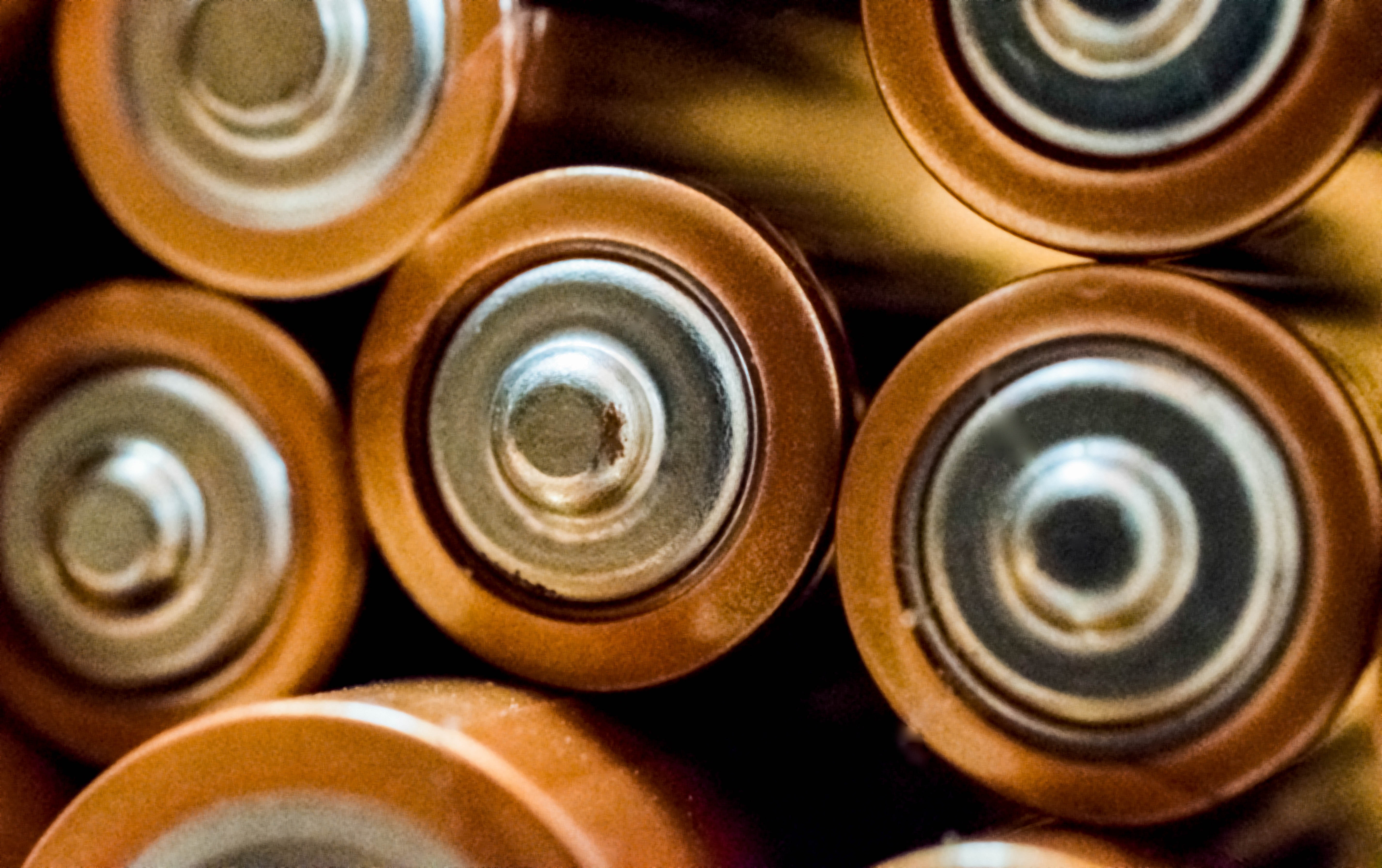What can we expect from the new EU battery regulations?
by Aaron Sarah at 15:00 in Battery, Circular Economy, Emerging
The European Union's current battery legislation was introduced in 2006 with Directive 2006/66/EC. With the current directive being subject to differing interpretations and with battery technology having changed substantially since 2006, the EU is now working on implementing new regulations.
First presented in 2020, the new battery regulations showcased the first initiative from the EU's Circular Economy Action plan, which intends to ensure that products are made sustainably in the EU over the course of the next decade. Whilst introducing measures to cover the full life cycle of batteries, the new legislation will also be binding (hence being presented as a regulation and not a directive) to avoid the freedom of interpretation seen in the past from several EU member states. So what can we expect to see in the new EU battery regulations?

End-of-life management-
The new EU battery regulations are expected to place more emphasis on the end of life for batteries, ensuring proper management after use. There will be new requirements, including the aim to recycle at least 70%, by average weight, of lithium-ion batteries by 2030 and also to ensure the collection of a majority (the commission and parliament are currently trying to agree on a target %) of waste portable batteries by 2030. To ensure these targets are being met, recyclers will have to report annually on the batteries they receive and recycle, as well as proving their efficiency in recycling waste batteries. In addition, producers will be responsible for ensuring their waste batteries are properly collected and managed- with EU member states having to monitor this. These provisions will seek to ensure that the precious metals contained within a battery can be used again, therefore leading to a more circular economy within the EU.
Labelling requirements-
Producers will also face tougher labelling regulations. Some new labelling requirements will see certain batteries needing a QR code, so that important information about lifetime, charging and safety can be easily accessed by the consumer. Furthermore, the 'CE' mark will now apply to all, not just some, batteries and will need to be displayed on the battery itself, or the packaging. In response to the increasing demand for Electric Vehicle batteries, a new 'battery passport' will be required for industrial and electric vehicle batteries, which will be an electronic record for consumers to access information about the battery and for them to make consumer-based decisions.
Overall, this blog highlights just a selection of the numerous new provisions that will be put in place over the coming decade once the new battery regulation passes in the EU.
What next?
The regulation is currently in the 'Trilogue' stage at the EU, where the Parliament, Council and Commission meet to discuss and eventually agree on the final content of the regulations. It is expected that the new regulations will be adopted by the end of 2022 or early 2023.
If you would like to keep track of the new EU battery regulations, or how it may affect your business, contact us at Lorax EPI today, and speak with one of our experienced consultants.
 Click here to receive regular updates on blog posts, webinars, and regulatory changes directly to your inbox
Click here to receive regular updates on blog posts, webinars, and regulatory changes directly to your inbox

